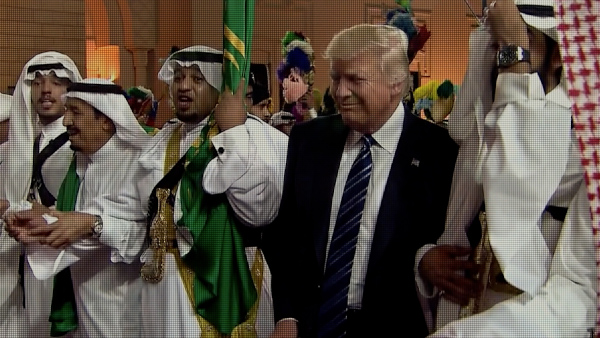Steve Bannon, the Right-Wing Prince of Darkness, on Politics and Fate

For a few years, few figures in American politics could match the controversial mystique of Steve Bannon while also gladly playing the heel. He appeared as a man who had accomplished the impossible, who had cheated reality, and won by herding a political neophyte into the top elected office in the free world.
That mystique -- and controversy -- still cling to the movie producer, investor, and political adviser. With his one-time employer Donald Trump now in the fight for his electoral life, and Bannon embroiled not only in a fraud case but the uproar of the discovery of a computer alleged to be Hunter Biden’s, now is an opportune time to revisit Bannon and look for that vital spark imparted on the 2016 Trump candidacy through the lens of Errol Morris's documentary American Dharma (available on topic).
Morris’s interview with Bannon starts out with a discussion of Twelve O'Clock High starring Gregory Peck, which proceeds into a discussion of dharma. For Bannon, “Dharma is the combination of duty, fate, and destiny. For me to fulfill my Dharma, I have to fulfill my duty.” This push to destiny could even mean one's ultimate destruction, giving one a window into how Bannon coped with a rough break with the president. Despite Bannon's initial statements that a certain “touchy-feely” bearing of man prevents this amor fati, the viewer is later confronted with a tale of how Bannon was raised in a community that sent many of its young to die in the Vietnam War only to witness, decades later, the same country where his daughter's West Point Volleyball uniform was made.

If this almost schizoid split between the embrace of emotion while pushing for a stolid embrace of fate minutes earlier seems an impossible feat, Morris proceeds to usher Bannon through other positions that seem completely contradictory.
And we can even see some of these seeming contradictions in Bannon's life: moving through a cavalcade of elite institutions while, simultaneously, having an affinity for outsider heroes. The viewer is left with a collection of sharply contrasting images, but they only make sense when the metaphorical camera pans out to view not the pictures as individuals but the whole they comprise.
While Morris challenges Bannon on these seeming inconsistencies, he doesn't try to move in the other direction: trying to amass, through his own questioning, the picture composed of these images.
Hearing Bannon describe the United States as on course for a revolution that ultimately cannot be avoided reminds one of reading Michael Anton's The Flight 93 Election. But years later, an almost apocalyptic present leaves the viewer wondering what good charging the cockpit has done the passengers. We see a Bannon who is content with his ministrations: He sees a United States that must first be made sick to be cured of its illness. One is made to wonder if, like pyrotherapy, the cure may be worse for the patient than the underlying disease.

Author Bio:
Adam Gravano is a contributing writer at Highbrow Magazine.
For Highbrow Magazine




























































































































































































































































































































